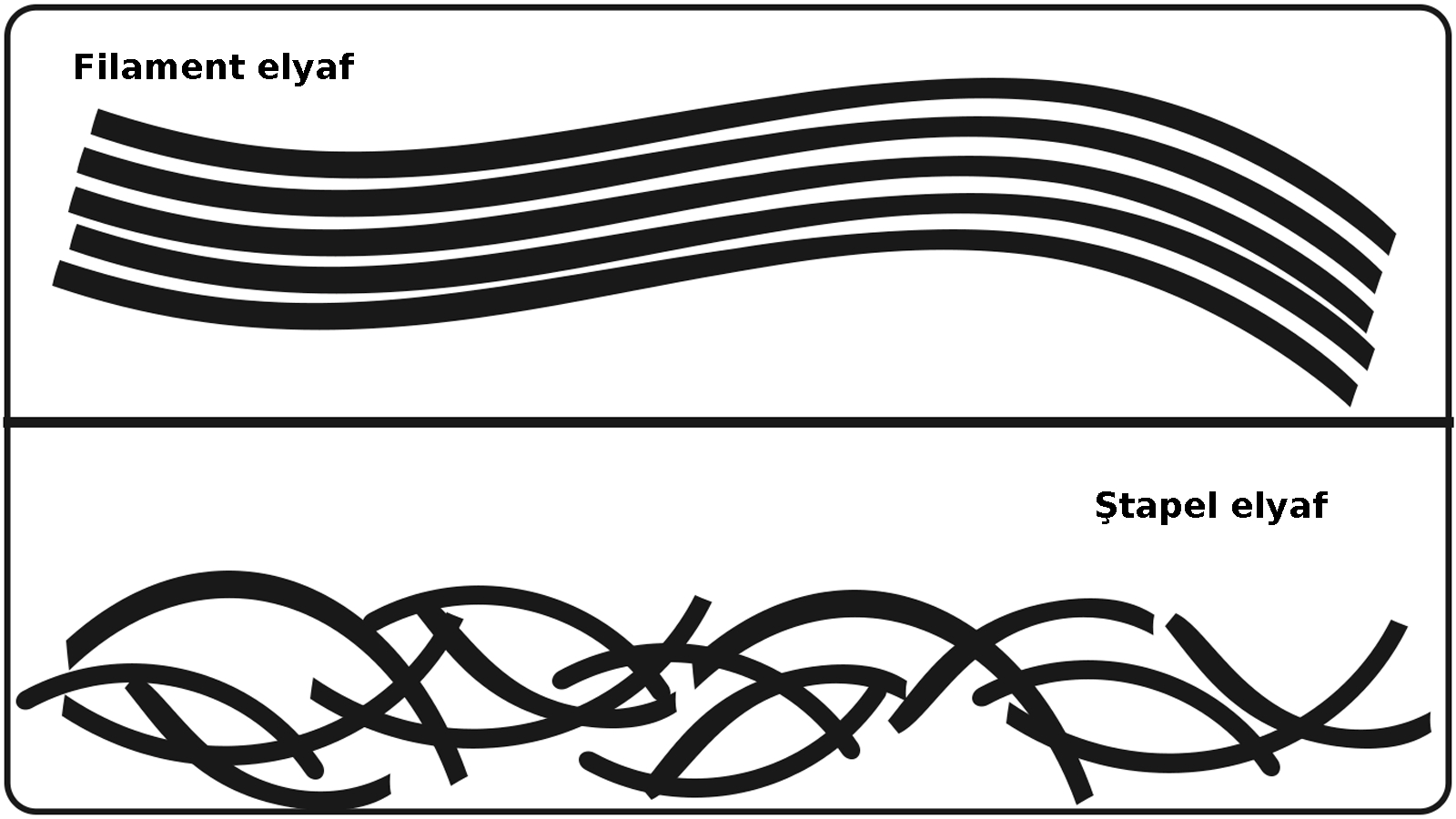Combing - Yarn Spinning, Fiber Preparation Process
16:10
0 comments
Combing process is done for removing short fibers, neps and impurities from cotton. Combing is carried out in order to improve the quality. Combing removes short fibers from the yarn-making process. Depending on the cotton fiber being combed, and the settings of the comber itself, short can have more than one meaning, but generally, it means fibers that are half an inch or less in length. The percentage of these fibers removed can vary greatly, again, depending on the cotton being used and the settings of the comber. The combing process starts by preparing what is known as a lap. This is simply a number of individual, once-drawn slivers that are wound in a ribbon-like fashion onto a spool. This wound lap becomes the input for the combing process.
For each combing cycle, a measured amount of the lap is fed out and held fast for the pass of the half-lap. The half-lap is a wire or needle-covered section mounted on a rotating shaft that passes its teeth or needles through the held beard - the measured lap that has been fed out and held fast. The fibers that are not held fast are removed by the half-lap and collected as waste. These short fibers may be recycled and used elsewhere in a less critical yarn. The combed webs are condensed back into sliver and coiled into a can for temporary storage and transport to subsequent processing. The reasons for combing vary greatly depending on the end product but generally, it is done to increase the yarn count range of the material being processed. A finer yarn can be made from combed cotton which tends to result in an end product with extra sheen, drape, and hand. Combed yarns and the resulting products tend to be softer and yield more durability. From an engineering standpoint, combing may be required for some yarn counts and some end product performance standards. For other end products, it may just be a price point decision.
-
İş sağlığı ve güvenliği için bazı işletmelerde pr ayakkabı kullanımı gereklidir. Ayakkabılarda rastladığımız "PR" terimi, İngiliz...
-
Ayakkabılarda doğru numara seçimi sağlık ve kullanım ömrü açısından önem arz eder. Kesirli Ayakkabı Numaraları Ne Anlama Geliyor? 🤔 Bazı a...
-
Mavi polycotton nevresim takımı. Polycotton , polyester ile pamuğu (cotton) karıştırarak elde edilen, her iki elyafın en iyi performans ...
-
Yeşil renk ve tonları, sarı ile mavi ışığın birleşmesi sonucu oluşur ve fotosentetik pigmentler nedeniyle bitki yapraklarında yaygın olarak ...
-
Rahat bir kullanım için ayağın genişliği ve uzunluğuna uygun ayakkabıyı seçmek son derece önemlidir. Ayakkabı Genişlik Terimleri: E, F, FX,...
-
Giyim ; insanların ihtiyaçlarının yanı sıra dış etkilerden korumak, örtünmek, modaya uymak amacıyla vücudun bir kısmını ya da tamamını kapat...
-
İngilizce renkler. İngilizcede renk kelimesi Amerikan İngilizcesinde "color", İngilizce İngilizcesinde "colour" olarak ...
-
Lif kısaltmaları tekstilde elbise üretiminin her aşamasında kullanılır. Tekstil, Kumaş, Lif ve Elyaf Kısaltmaları : Tekstil endüstrisi, lif...
-
Ütü parlaması çok yoğun ise elbise kullanılmaz hale gelir. Ütü yaparken özellikle pantolon gibi hassas kıyafetlerde parlama oluşabilir. Ütü...
-
Şali kumaş bayrak. Şali , tiftik iplikten dokunmuş ince bir kumaş türüdür. Kaba ve seyrek dokunanları genelde bayrak yapımında kullanılmış...
-
Türk tekstil ve hazır giyim sektörü: yerli markaların yükselişi. Türkiye'nin lokomotif sektörlerinden biri olan tekstil ve hazır giyim...
-
Akrilik elyaf, iyi yalıtım özelliğine sahip olmasıyla öne çıkan sentetik bir lif türüdür. Akrilik Elyaf: Tanım ve Özellikler Akrilik, ( Alm....
-
Kumaş numunesi. 1) Yapılarına göre (nasıl yapıldıysa o ismi alır) a) Dokunmamış kumaşlar - Nonwoven , keçeler, kağıt telalar, elyaf, vi...
-
Ünlü Türk modacı ve tasarımcılarının kreasyonları artık dünya moda başkentlerinde sergileniyor. Türkiye'de tekstil ve moda sektörünü...
-
Farklı renk ve türdeki kumaş çeşitleri. Kumaş, ipliklerin, çeşitli yöntemlerle bir araya getirilerek oluşturduğu kaplayıcı yüzeylerd...
-
Türk ayakkabı markaları, yerli ham maddeyi mükemmel işçilik ve estetik tasarımlarla birleştiriyor. Türk malı ayakkabı ürünler, kalitesi ve e...
-
Dünyanın en meşhur modacıları. Dünyaca ünlü modacılar Her sezon önce podyumları sonra da vitrinleri süsleyen özel koleksiyonların arkas...
-
Lif kısaltmaları tekstilde elbise üretiminin her aşamasında kullanılır. Tekstil, Kumaş, Lif ve Elyaf Kısaltmaları : Tekstil endüstrisi, lif...
-
Naylon olarak da bilinen polyamid kumaşlar sentetik kökenli bir kumaş türüdür. Polyamid ya da naylon (Alm. Polyamidfaser, Fr. fibre ...
-
Tekstil ürünlerinin etiketlerinde yıkama, kurutma ve ütüleme ile ilgili semboller bulunur. Tekstil Ürünleri için Tavsiye Edilen Yıkama Tali...




















































































































0 yorum:
Yorum Gönder
Merhaba, daha kaliteli bir site için yorumlarınızı bekliyoruz.